Guide for Exporters
In order to obtain optimal results during international trade operations, the destination market must first be adequately researched, the target group of customers must be established, and an exporting plan must be developed.
This plan must cover a wide range of subjects including the products to be offered, the competitive advantages, management of sales, planning for financing, pricing policy, billing systems, protection against exchange rate fluctuations, and the types of insurance that will have to be purchased.
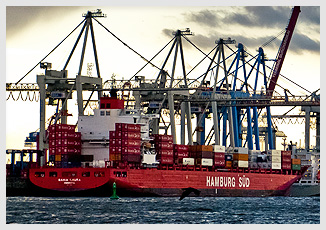
It is important to be aware of any regulations regarding the product to be exported, whether there are any barriers to its importing in the destination country, whether there are duties, quotas, or other restrictions involved, and whether special documents are required. There may also be standards in relation to labelling as well as other cultural factors to consider in relation to negotiating theinternational sales contract.
The exporting plan must also cover the logistical processes that must be put into place so that the goods can reach their buyer. Cargo Flores is an international logistics operator and can provide consultation to help you select the most appropriate shipping mode. It can also help with coordination of all of the operations necessary to ensure that your goods will reach their destination with maximum security, on time, and at the lowest cost possible.
These logistical process may also require evaluation of possible costs at the destination according to the established Incoterms 2010 rules, or may require careful planning and a guarantee of confidentiality when triangular of cross trade operations are involved.
INTERNATIONAL SALES CONTRACT
This is a key element for developing commercial relationships, preventing any possible disputes, and fulfilling the applicable economic and legal requirements. There are model contracts proposed by the International Chamber of Commerce for various types of goods and possible situations encountered.
The contract must cover the entire range of circumstances and conditions for the operation:
- Identification of the parties involved in the sales operation.
- The object of the contract and description of the goods.
- Price, means of payment and payment deadlines, response to possible breaches, taxes, duties and fees, etc.
- Date and place of delivery, type of transport, insurance and guarantees.
- Shipping and delivery terms and conditions, according to the established Incoterms 2010 rules.
- Commercial and financial documents required by the purchasing party.
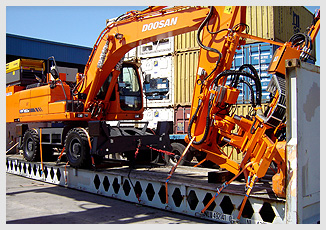
Any contract must fundamentally establish a commercial offer by the selling party and its acceptance by the purchaser.
MEANS OF PAYMENT
Depending upon the degree of trust established between the parties, the commercial risk involved, and the country from which payment will be issued, the means of payment agreed upon will include a greater or lesser level of guarantees.
Risk of non-payment can be limited or mitigated using payment in advance, or else insurance can be purchased or a bank guarantee can be required in order to ensure the means of payment.
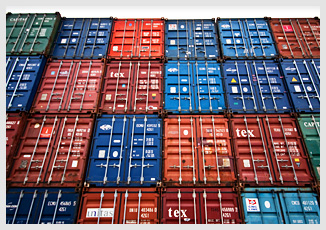

Simple means of payment:
- Personal cheque.
- Bank draft.
- Simple documentary payment order.
- Clean remittance.
Documentary means of payment:
- Documentary remittance. This is payment against presentation of a series of documents and can be either sight or term.
- Documentary credit. This is the most secure payment method, since if the purchaser does not possess the agreed-upon amount at the agreed-upon time; the importer’s bank will make the payment as long as the obligations imposed by the letter of credit have been complied with.
CUSTOMS PROCEDURES
The functions of the customs service is to control entry and exit of goods to and from a country, and to therefore authorise or deny exporting and importing and movement of goods. This does not apply in member states of the European Union, where free movement of goods and persons exists under a common customs system.
For exporting, the customs office will dispatch the goods according to the documentation presented by the customs agent along with the single administrative document (SAD), and will collect any corresponding duties and fees.
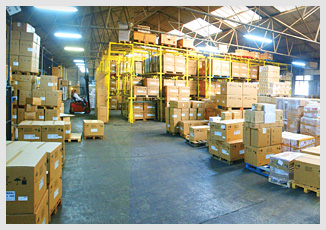

The possible customs outcomes for goods include:
- Inclusion under a customs regimen.
- Entry into a free trade zone or bonded warehouse.
- Re-exporting to outside of the customs territory.
- Destruction.
- Abandonment.
In turn, the following customs regimens can be differentiated:
- Free circulation.
- Transit.
- Warehouse: customs or outside of customs, a temporary local storage warehouse authorised for goods declared for exporting.
- Inward or outward processing.
- Temporary or final exporting.
- Temporary importing.
- Transformation under customs control.
Cargo Flores can advise the exporting company in relation to:
- The customers’ outcomes and regimens that correspond to the operation.
- he documents that must be submitted to the exporting custom office as well as any that may be required for the destination country.
- Preventing possible delays caused by inspections, whether regarding documentation or physical inspection of goods.
- Requirements imposed upon the importing company by the customs office in the country of destination.
EXPORTING DOCUMENTS
In addition to the single administrative document (SAD), the most common documents that must be submitted to the customs office, depending on the operation and the nature of the exported goods, are:



- Sales invoice.
- Exporting to countries with a preferred trade agreement:
- Depending on the origin and destination countries: EUR-1, ATR, and occasionally, FORM A.
- The invoice must include the authorised exporter number (in which case the EUR-1 form is not required).
- The EUR-1 form is also not required in cases involving a value of under €6,000, as long as the following statement is included: “The exporter of the products covered by this document, declares that, except where otherwise clearly indicated, these products are of European Preferential Origin”.
- Exporting to all other countries: certificate of origin issued by a chamber of commerce, if requested by the purchaser.
- Restricted goods: exporting licence or authorisation or quota authorisation.
- Dangerous goods/IMO: DGD and MSDS required.
- Conflict zones: exporting licence or authorisation.
- Exporting originating in the EU under right to “restitution”: Agrex exporting certificate.
- Sensitive products: certificates of inspection or control (health, plant products, dual-use technology, veterinary, heritage, etc.).
- Cargo list if multiple packages are involved.
EXPORTING INSURANCE
Contracting an insurance policy must be considered to cover all of the risks incurred by the commercial exporting operation, or at least to cover transport of the goods from the seller’s facilities to the purchaser’s.
In the first case, the exporter can consider the offer from Cesce for exporting insurance.
Although the Incoterms rules do not require insurance to be purchased to cover the goods during transport, the agreed-upon rules do state that either the seller or the buyer will be responsible for purchasing such insurance.
This insurance should cover not only the risks of packing, handling, storage, loading, and transport of the goods, but also other less common issues such as civil unrest, labour actions, or acts of piracy.
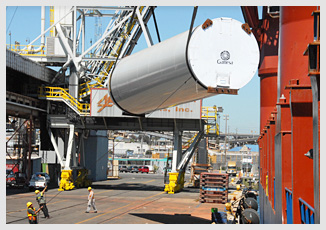

Transport insurance is not the same as the transporter liability insurance, established in the international agreements regulating each mode of shipping, since compensation in these is limited by the weight and value of the goods. On the other hand, in a transport insurance contract the risks covered and the compensation and indemnification are left to the discretion of the policyholder.
In general, risks are covered through policies that include the “ICC clauses” (Institute Cargo Clauses) from the Institute of London Underwriters. These consist of three modalities (A, B, or C), with A offering the highest level of coverage.






